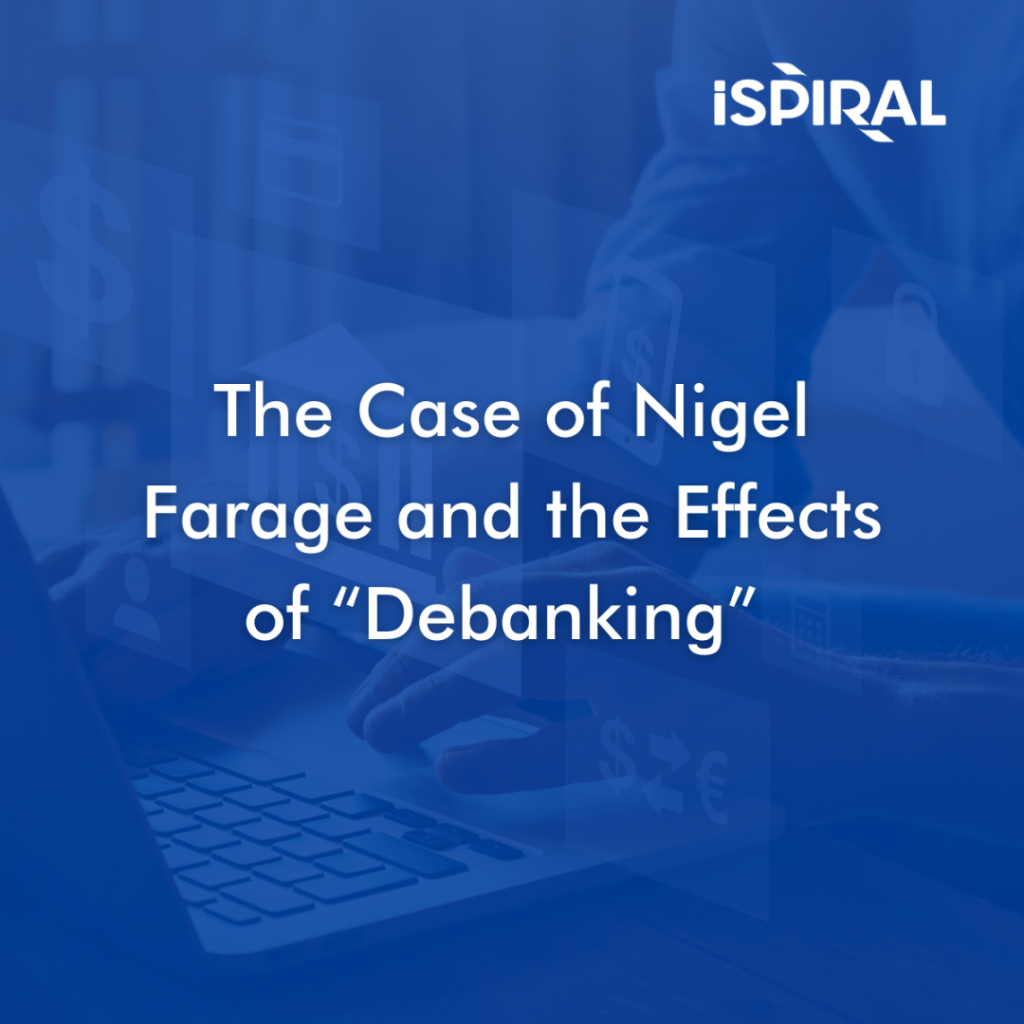Organised crime relies heavily on illicit trade in drugs and guns. But there’s a surprising third branch to this deadly business: human trafficking.
Also known as THB (Trafficking in Human Beings), this very inhuman crime is – despite authorities’ best efforts – rocketing by the year. According to the United Nations Office on Drugs and Crime, THB is now the third-largest income source for organised crime groups. And it’s a profitable business. With an estimated 25 million victims trapped in modern-day slavery, THB generates $150 billion each year globally, of which $34 billion derives from the exploitation of manual workers, and a staggering $99 billion from sexual exploitation.
But the very human cost of this fast-growing form of international crime is uncountable. And as opportunistic terrorist organisations take advantage of increasingly displaced people (supplanted, in the main, due to conflict), the illicit profits of this horrifying offence are being laundered at increasing rates.
What is THB?
According to the United Nations Convention Against Transnational Organised Crime, ‘human trafficking’ is defined as ‘The recruitment, transportation, transfer, harbouring or receipt of persons, by means of the threat or use of force or other forms of coercion, of abduction, of fraud, of deception, of the abuse of power or of a position of vulnerability or of the giving or receiving of payments or benefits to achieve the consent of a person having control over another person, for the purpose of exploitation.’
But what we’re not being told is that THB is not just a third-world issue. China, Eritrea, and Afghanistan may be amongst the worst offenders (falling into the Tier 3 category: governments who do not fully meet the Trafficking Victims Protection Act’s minimum standards and are not making significant efforts to do so), but across Europe, victims of trafficking number in the hundreds of thousands.
In the UK, THB is estimated to cost the nation close on £900 million per year in terms of investigation, prosecution, and rehabilitation. And while Cyprus shares Britain’s Tier 1 categorisation (governments who fully meet the Act’s minimum standards), over 100 investigations into suspected trafficking (including sex trafficking, forced labour, and forced marriage) were conducted on the island in 2020 alone.
Why AML is the answer
Of course, this multi-billion dollar enterprise is as slippery as it is heinous, with countless cases going unreported. But though it’s notoriously difficult to catch (and even harder to successfully prosecute) those who profit from THB, there is one direct link that aids authorities in their fight against human trafficking: the money-laundering trail.
Human trafficking often yields such sizeable assets that financial institutions are in the unique position to detect attempts to launder the resultant proceeds. With the help of an airtight, machine-learning AML program such institutions are our best hope for preventing the spread of one of the world’s worst crimes.
Done manually, AML is already a job that’s nigh-on impossible for compliance officers. But advanced machine learning programs not only make the job practically effortless, they can also recognise and flag the patterns that indicate the movement of illicit human trafficking funds.
Using high-tech AML solutions, such as iSPIRAL’s RegTech+, which include best practices in contextual information, information sharing, customer due diligence, and suspicious activity reports is the key to countering human trafficking… And, as we move into the future, it’s Artificial Intelligence that has become our best hope in the fight against an inhuman crime.



